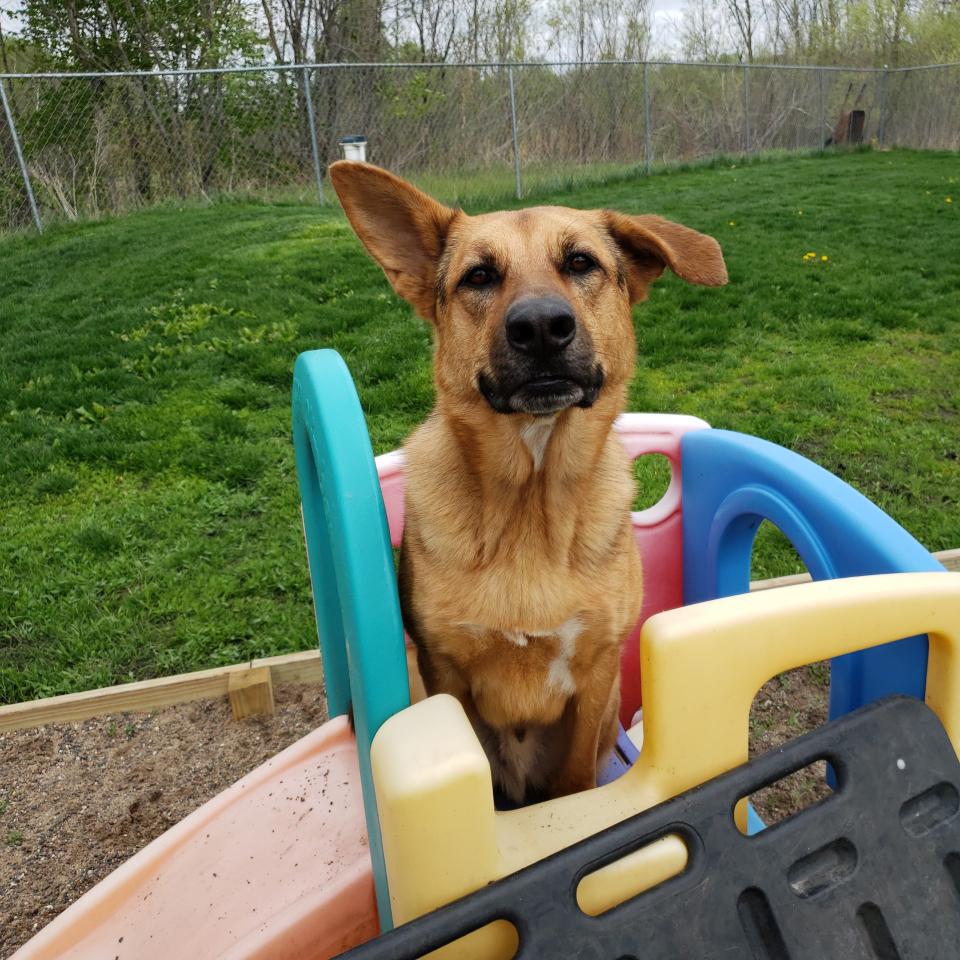Warm Weather Toxins
Warm Weather Toxins – Adapted from “Summer Pet Toxins” from pet poison helpline\

As summer approaches, and you are outside more with your furry companions, there are a variety of toxic products your pets can come into contact with. Outside pets should be confined to a safe location and all containers should be tightly closed and locked away in the garage or basement. As with all poisonings, early recognition and decontamination are key to a successful outcome. Here is some basic information for you to know about when dealing with these warm weather toxin exposures.
SLUG & SNAIL BAIT
Slug and snail baits are available in a variety of forms (pellets, granular, powder, and liquid). The active ingredient is typically metaldehyde, which is toxic to all species (particularly dogs). Within 1 to 2 hours of ingestion, clinical signs of salivation, restlessness, vomiting, and incoordination are seen, which then progress to tremors, seizures, and secondary severe hyperthermia. Generally, the prognosis is favorable if treatment is quickly and aggressively implemented.
MOLE & GOPHER BAIT
Mole and gopher baits typically contain zinc phosphide or bromethalin. Neither of these active ingredients have an antidote and both can result in rapidly developing, life-threatening symptoms. Zinc phosphide combines with gastric acid in the stomach and produces toxic phosphine gas. Second hand phosphine gas exposure can result in significant health risks to healthcare providers and owners in unventilated areas. Clinical signs develop rapidly within 15 minutes to several hours and include vomiting, salivation, abdominal discomfort, bloating, depression, labored breathing, tremors, and weakness. Once clinical signs have developed, the prognosis is guarded.
RODENTICIDES
Summer is the time when pets dig up or discover long forgotten rodenticides brought to the surface by melting snow or spring rains. Several different types of rodenticides are found on the market, but those containing strychnine and zinc phosphide are the most deadly. Ingestion of these products is a life threatening emergency. There are a number of products designed to kill rats and mice which contain an anticoagulant. This toxin can be deadly if not treated appropriately.
MUSHROOMS
Mushrooms may be gastric irritants, hallucinogenic, or a liver toxin. Clinical signs are dependent on the species of mushroom ingested, the specific toxin within that mushroom, and the individual’s own susceptibility. Early clinical signs include vomiting, diarrhea, abdominal pain, neurological signs, and seizures.
FIRECRACKERS
Chewing or chasing firecrackers can result in thermal or chemical burns to the paws, mouth, face, and gastrointestinal tract or other problems such as bone marrow depression and kidney failure.
PLANTS
Tomato plants are in the Nightshade family and contain tomatine. Tomatine is found in the leafy greens, the fruit blossoms, and in small green tomatoes. Clinical signs can include gastrointestinal irritation, stumbling, and weakness. Treatment is purely supportive with an overall good prognosis. Rhubarb leaves contain oxalic acid, calcium oxalate and potassium oxalate and can result in oral and gastrointestinal irritation causing vomiting and diarrhea. Tulips (bulbs), Lily of the valley, Oleander, Kalanchoe, and Azaleas are spring and summer plants that can be deadly to pets if ingested in large enough quantities.


